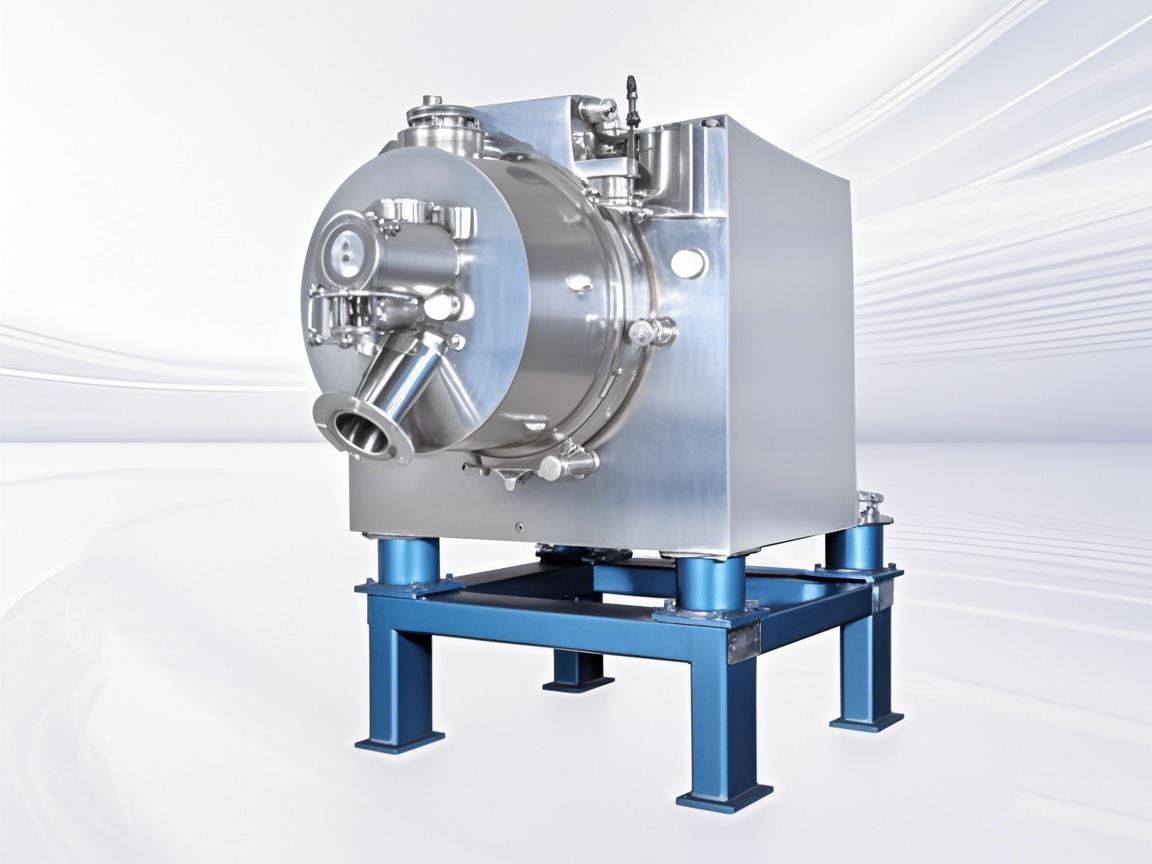0086-18861028088

In the field of pharmacy, precise separation techniques are vital for various processes, such as drug formulation, quality control, and research. Centrifugation, a powerful method that utilizes the principles of sedimentation and centrifugal force, is widely employed in the pharmaceutical industry. In this article, we will explore the different types of industrial centrifugation technology used in pharmacy, understanding their applications and significance in drug development and production. So, let's delve into the centrifugal world of pharmacy and uncover the various techniques at play!

One of the primary techniques used in pharmacy is differential centrifugation. This method involves subjecting a sample to varying centrifugal forces to separate different components based on their density. The sample is first centrifuged at a low speed to separate larger particles and debris. The supernatant, which contains smaller particles and desired components, is collected and subjected to higher centrifugal forces in subsequent rounds of centrifugation.
Differential centrifugation is particularly useful in pharmacy for isolating subcellular components, such as organelles or cell fragments, from complex mixtures. This technique allows researchers and pharmacists to study and analyze these components separately, aiding in drug discovery and understanding cellular mechanisms.
Density gradient centrifugation is another powerful technique employed in pharmacy. This technique relies on creating a density gradient in a centrifuge tube, where the sample is layered on top. As the pharmaceutical centrifuge spins, particles in the sample move through the density gradient, settling at specific regions based on their density.
The density gradient can be established using various materials, such as sucrose or cesium chloride solutions. The gradient ensures a smooth transition of particle density, facilitating precise separation. This technique is commonly used in pharmacy for the separation and purification of biomolecules, such as proteins or nucleic acids.
Density gradient centrifugation is especially valuable when pharmaceutical researchers or manufacturers need to isolate specific components from complex mixtures. By utilizing the density gradient, they can separate and collect substances of interest, enabling further analysis or formulation development.
Svedberg coined the term "ultracentrifugation". He was a chemist. He used the ultrafuse to determine the MW and subunit structure of hemoglobin. An important tool in biochemical research is the centrifuge, which through rapid spinning imposes high centrifugal forces on suspended particles, or even molecules in solution, and causes separation of such matter on the basis ultracentrifugation of differences in weight. For example, red cells may be separated from the plasma of blood, nuclei from mitochondria and cell homogenate, and one protein from another in complex mixtures.
In conclusion, industrial centrifugation technology plays a crucial role in the pharmacy field, enabling precise separation and purification of components. These techniques find widespread application in pharmacy, from isolating subcellular components for research purposes to purifying biomolecules for drug development and formulation. By harnessing the power of centrifugation, pharmaceutical professionals can obtain pure and well-characterized substances, advancing the field of pharmacy and contributing to the development of safe and effective medications.